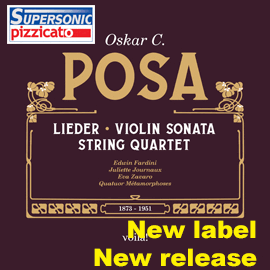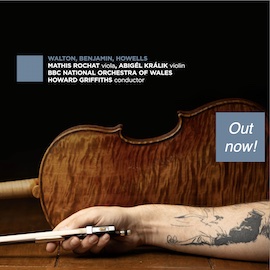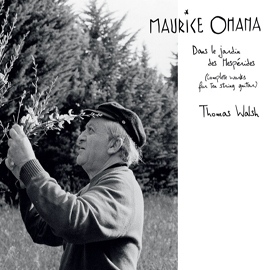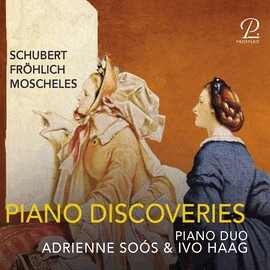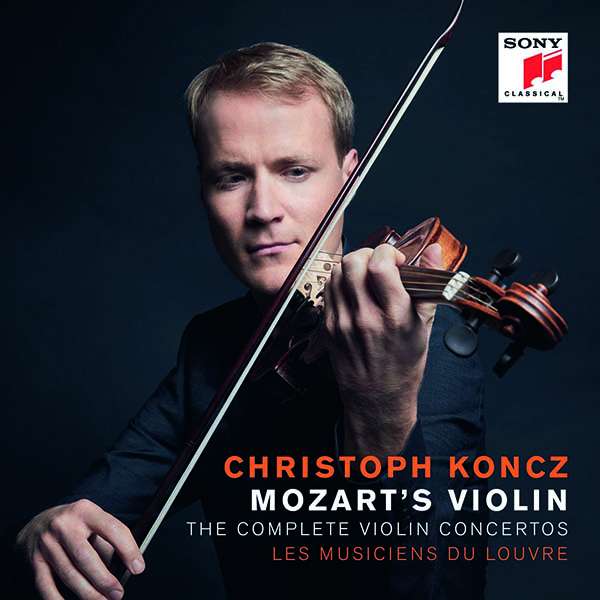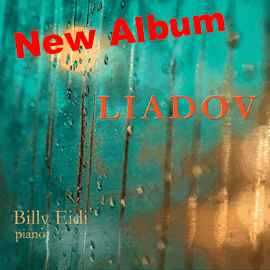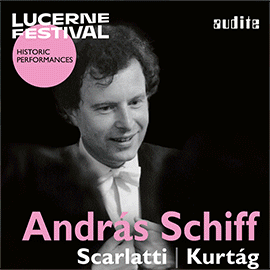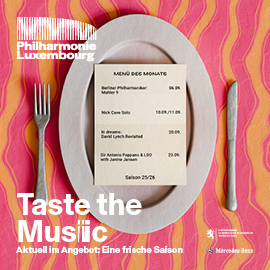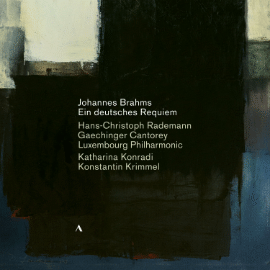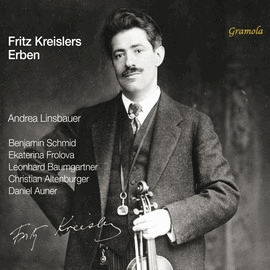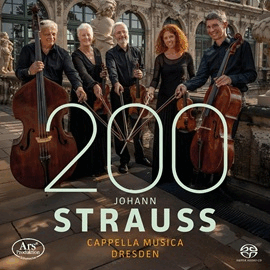Die Besonderheit dieser Aufnahme ist zunächst, dass Christoph Koncz auf der sonst im Safe des Mozarteums in Salzburg aufbewahrten Geige spielt, die einst Wolfgang Amadeus Mozart gehörte und auf der er auch spielte. Die Geige ist seit ihrem Bau im 18. Jahrhundert nicht verändert worden und ermöglicht so einen ungetrübten Blick in die Zeit. Das Instrument stammt aus der Geigenbaufamilie Klotz in Mittenwald. Koncz vermutet einen unmittelbaren Zusammenhang zwischen den Konzerten und diesem Instrument, da mutmaßlich Mozarts eigene Erfahrungen mit dieser Geige beeinflusst haben. Denn er nutzt in den Violinkonzerten gerne die obere Textur und die Koloraturregister, Bereiche, in denen seine Geige besonders schön klingt.
Weitere Aspekte der Beschäftigung führen ebenfalls in die Mozartzeit. Da Mozart keine Kadenzen übermittelte, schuf Koncz eigene, in denen er die Stilistik der für Klavierkonzerte von Mozart überlieferten Kadenzen, insbesondere der Salzburger Zeit, übernahm. Und das Orchester Les Musiciens du Louvre übernimmt die Besetzung der Salzburger Hofkapelle. Erwähnen kann man noch, dass sich Koncz auf die fünf Konzerte konzentriert und nicht auch die für diese Besetzung komponierten Einzelsätze von Mozart mit aufgenommen hat.
Betörend schön, so mag man den Gesamteindruck vermitteln. Das meint einerseits, dass alle Beteiligten ausgereift einfühlsam und singend die Musik vortragen und keine Scharten oder Spitzen erzeugen. Damit machen sie die Konzerte zum Erlebnis, weil sie von solistischen Getue befreit sind. Auch die Kadenzen von Christoph Koncz fügen sich so ausdrucksstark und trotzdem auch unauffällig in das Gesamtgeschehen ein, dass eine reine Freude ist. Die geigerischen und musikalischen dieses schon in Kinderschuhen als Filmgeiger bekannt gewordenen Frühbegabten stehen sowieso außer Zweifel. Und er kann es sich erlauben, nicht die klanglichen Muskeln spielen zu lassen und trotzdem zu überzeugen. Das Orchester folgt ihm darin aufs Engste. Völlig neue Sichten auf die Konzerte sollte niemand erwarten. Aber vielleicht tut ja auch der normale Blick in hochklassig herausgespielter Form gut. Auch wenn die Aufnahmen, wie auch manche andere, die gerade im zeitlichen Umfeld veröffentlicht werden, aus einer Zeit vor COVID-19 stammen, so kann man den Eindruck bekommen, die Entschleunigung und Lärmreduzierung unserer Tage habe schon vorhersehenden Einfluss auf manche Aufnahmen gehabt. Bei solchen Ergebnissen wäre das wahrlich nicht schlecht.







